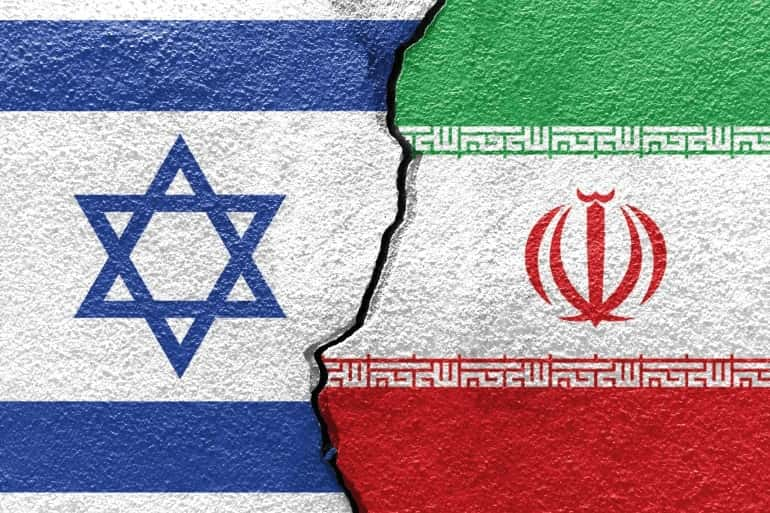J10C Shoots Down Rafale Chinese Weapons Reshape South Asian Power Dynamics
Course of the Conflict
22 April 2025
A terrorist attack targeting Indian tourists occurred in Pahalgam, Indian‑administered Kashmir, killing 26 Indian nationals. The Indian government promptly accused the Pakistan‑backed “The Resistance Front” (TRF) of orchestrating the atrocity, while Pakistan vehemently denied all allegations.24 April 2025
Citing the attack, Indian Prime Minister Modi’s government announced the suspension of the half‑century‑old Indus Waters Treaty, cutting off 60% of agricultural water supplies to Pakistan. India also sealed the border and expelled Pakistani diplomats. Pakistan denounced this as “water terrorism,” closed its airspace to India, and halted bilateral trade in retaliation.7 May 2025 – Operation Sindhur
India launched “Operation Sindhur,” firing cruise missiles and air‑to‑surface missiles at nine military targets across Pakistan‑administered Kashmir and mainland Pakistan. The Pakistan Air Force responded the same day, claiming to have shot down six Indian aircraft—including three French Rafales, one Su-30MKI, and one MiG-29—and destroyed an S‑400 air-defense system command post, all without suffering any losses.
Highlights of the Air Battle
- Pakistan’s J‑10C fighters, equipped with domestically produced PL‑15E beyond‑visual‑range air‑to‑air missiles, achieved one‑shot kills under guidance from ZDK‑03 airborne early warning aircraft.
- Real‑time data‑link integration between early warning, command, and combat platforms created a seamless “detect–direct–destroy” kill chain. India, hampered by interoperability issues among its diverse fleet and a scarcity of AEW&C assets, failed to coordinate an effective counter.
- 10–13 May 2025 – Multilateral Mediation and Ceasefire
Under emergency diplomatic efforts led by China, the United States, and other major powers, both sides agreed to a ceasefire on 13 May. India—reeling from the loss of at least four Rafales, a $4.7 billion rush of foreign capital flight, and the rupee’s slide to 1:95 USD—had little choice but to return to negotiations. Pakistan secured the restoration of the Indus Waters Treaty, gaining diplomatic leverage for future talks.
Pakistan’s Upset Victory: System‑Centric Warfare Prevails
Despite India’s defense budget being roughly five times larger than Pakistan’s (USD 84 billion in 2025), Pakistan achieved a “systemic collapse” of Indian air power. The decisive factors were:
| Key to Victory | Pakistan’s Advantage | India’s Shortcoming |
|---|---|---|
| Platform Quality | J‑10C with PL‑15E missiles—>150 km range; advanced target recognition | Mixed multinational inventory; Meteor missiles range just 120 km; poor integration |
| Combat Network | ZDK‑03 AWACS + HQ‑9B SAMs + fighter data links ⇒ 24/7 surveillance, control, strike | Limited S‑400 deployment and exercises; insufficient ground‑air coordination |
| Tactical Doctrine | “Limited counter‑strike”—precise engagements against hostile aircraft to contain escalation | Overreliance on numerical superiority; underestimation; inadequate joint training |
| Logistics & Intel | Unrestricted support and intelligence; no political caveats | Supply constrained by Western embargoes; fragmented intelligence sharing |
Core Insight: The deep integration of surveillance, electronic reconnaissance, command, and firepower defines modern air warfare. Relying solely on individual “silver‑bullet” platforms or sheer numbers is no longer sufficient in the information age.
Chinese Arms and China’s Rising International Standing
- Dispelling “Data Fabrication” Myths
Combat results proved the J‑10C outperformed Europe’s leading 4.5‑generation fighters like the Rafale, while the PL‑15E missile’s hit rate and kinematic performance surpassed Western equivalents. - Exceptional Cost‑Effectiveness
Comparable performance at roughly one‑third the unit cost of Western systems. Saudi Arabia, Turkey, and others have accelerated procurement talks for J‑10C fighters and HQ‑9 air‑defense systems. - Neutral Mediator with Influence
Acting as a “common neighbor” to both India and Pakistan, China launched multiple diplomatic appeals for restraint, creating the conditions for ceasefire. Its balanced yet impactful stance solidified Beijing’s strategic voice across South and West Asia.
Global Reactions and Future Outlook
- Western Bloc
A NATO assessment warned that “Chinese system‑centric warfare has upended conventional air‑combat paradigms.” Dassault’s share price plunged 12% in one session; the U.S. Department of Defense is set to reassess high‑tech export controls on China. - Global South
Malaysia and Indonesia announced plans to reexamine their defense procurement; Saudi Arabia initiated talks on a “J‑10C + AEW&C” combination as a potential F‑15 alternative. - Russia
The battlefield performance of the Su‑30 and S‑400 was deemed “underwhelming,” denting Russian defense export orders. India may downsize future purchases.
Looking Ahead:
This conflict has not only reshaped the South Asian security architecture but also provided a new model for global defense planning: prioritize system‑wide integration, adopt limited counter‑strike doctrines to avoid full‑scale escalation, and leverage neutral mediation to bolster soft power. As more nations recognize the merits of Chinese arms and comprehensive solutions, China stands poised to evolve from a traditional arms supplier into a key partner in global security cooperation.
Conclusion
The outcome of modern warfare is no longer decided by any single “star fighter” but by the seamless fusion of early warning, electronic reconnaissance, command, and firepower. Pakistan’s upset against a stronger adversary—embodying the system‑centric victory and limited counter‑strike philosophies championed by China—serves as both a trial and testament to Beijing’s “New Security Concept.” As more states adopt Chinese weapons and operational doctrines, the global military balance may undergo yet another redistribution.


